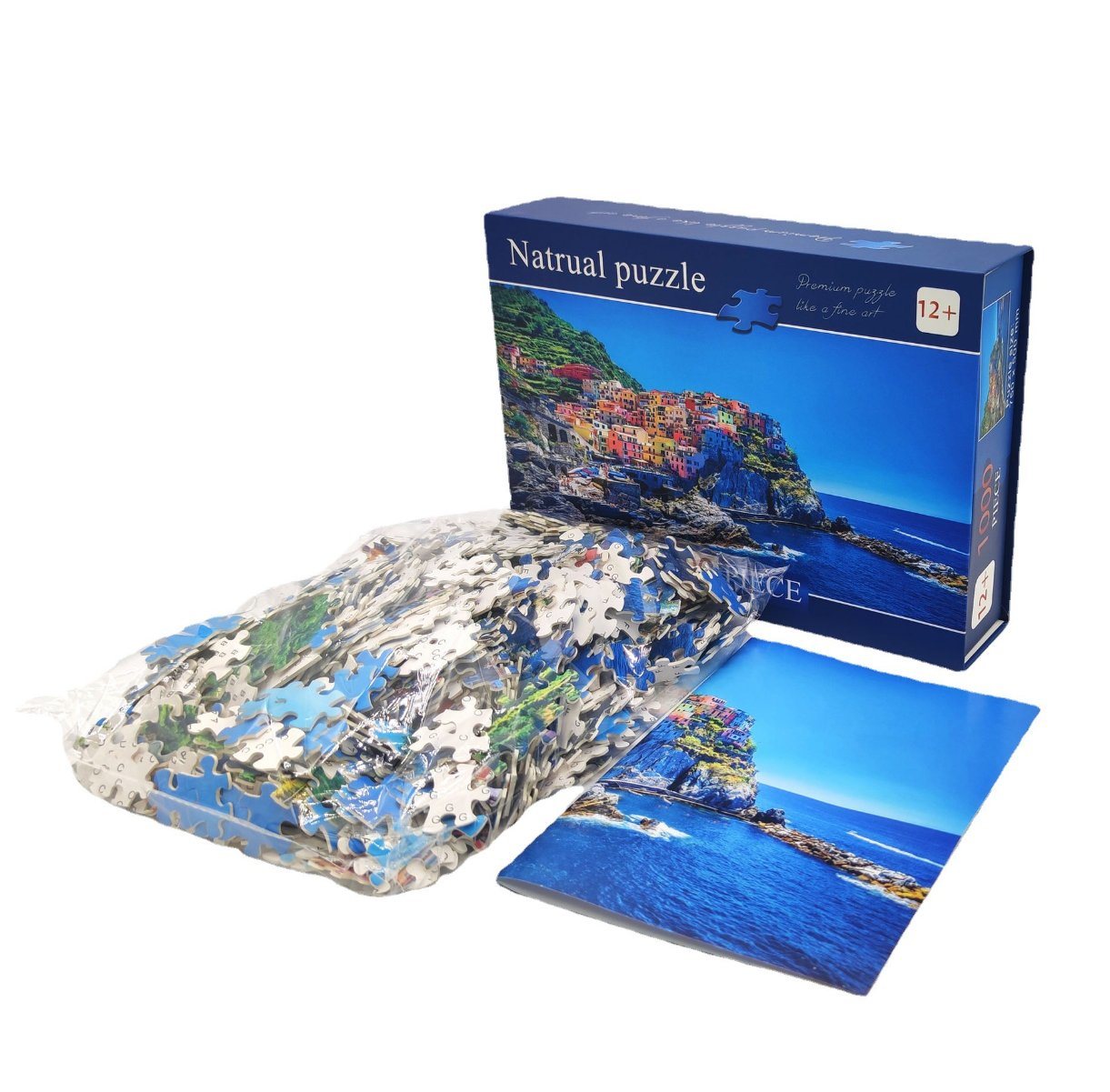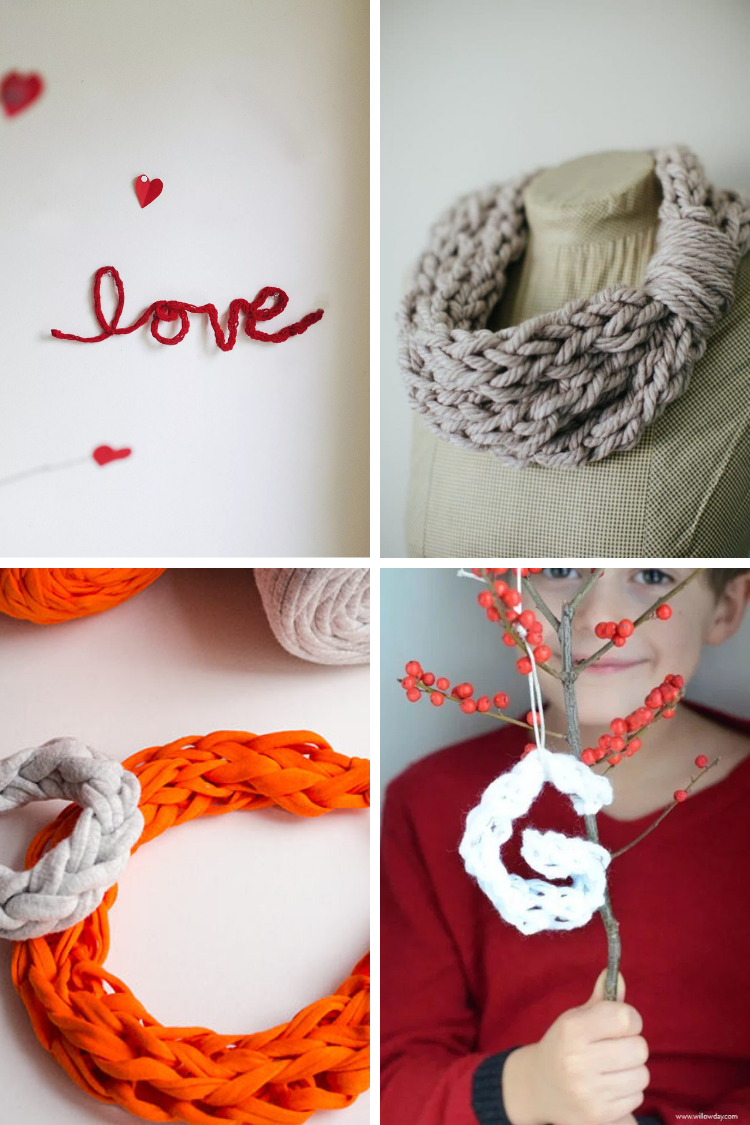
If you've ever wondered what it takes to knit Fair Isles, this article is for you. This article will cover techniques, charts and floats as well as yarn options. This article will help you get started. Just follow the easy-to-follow instructions to get started right away.
Charts
There are many knitting styles available, and Fair Isle knitting doesn't disappoint. This type of knitting can be made unique by using charts. These charts are important for the designer. They provide information about the various colors you can use in a project.

Charts for fair-isle knitting will help you to choose the right colors for your piece. These patterns require two strands of yarn and are often worked by alternating colors to create different patterns. Fair Isle knitting has a chart that will teach you how to work both with one color and the first and last rows.
Floats
It is important to catch Fair Isle floats when knitting. This process is especially important when knitting projects that use more than one color. You might be entangled by long floats, so make sure to twist the yarn. There are many ways to catch them.
To catch a float, knit the next stitch from the left side, so that you can catch it. Wrap color B around your needle in a clockwise direction and then pull it through the stitch. The left side with the unused yarn will stay on your needle. The right side, however, is knitted into your stitch. This creates a floating effect in the fabric.
Gauge
When knitting, gauge is an important consideration. The more gauge, the smaller the number of stitches per inch. However, bigger gauges do not necessarily mean easier knitting. The gauge of knitters will vary depending on their knitting technique and needles. If you are unsure of your gauge, you can experiment with different needle sizes and gauges until you find the perfect one.

Because Fair Isle can be difficult to maintain, gauge is particularly important. If your stitches are too close together or too loose, your fair isle knitting will look bumpy or puckered on the right side. There are several ways you can maintain your gauge.
FAQ
What is observation hobby?
Observation hobbies can be activities that you watch people do. These hobbies could include reading books, watching sports, or going on vacation. It could also be observing other people as well.
It's great to have observation hobbies because it helps you think creatively. You can apply this knowledge later on when you work with others.
It will be easier to learn about something if you are interested in it.
If you're interested in football, for instance, you could watch it or read a book. To learn more about photography, it is possible to visit and take photos.
You can play along with songs online or purchase a guitar if you love music.
You can cook your own meals, or you could go to a restaurant.
If you love gardening, you might grow vegetables or flowers.
If you like dancing, you could join a dance class or go out with friends.
If you enjoy painting, you might paint pictures.
Write poetry and stories if that is what you love to do.
You could also draw pictures if you enjoy drawing.
If you have a passion for animals, you might be able to look after them or work in a zoo.
If science interests you, you can study biology, chemistry or physics.
If history is your passion, you can either read books or watch films. Or you could listen to podcasts.
If you enjoy travelling, you might consider exploring your local area or traveling abroad.
What's a hobby for children?
Hobby for children is anything they enjoy doing outside of work. Some kids like to build things, draw, paint, write, or play with toys.
Many parents worry that their children will get into trouble if they're allowed to do whatever they want. This is not necessarily true. Your child won't get in trouble if they are safe and don't do any harm to anyone.
It is important that people remember that simply because they love doing something does not mean they will always do it. If they don't like writing but love drawing, they might choose to draw images instead.
There are many hobbies to choose from, so it's up you to find the one that interests you most.
What are your competitive hobbies?
Running, swimming, cycling and tennis are all competitive sports.
These games are often played by people who enjoy exercise but also offer the opportunity to interact with others.
You will probably find people around you who have the same hobby as you, if you are into physical activity.
This could be as simple as joining a sports club where you play regularly together.
You can also participate in team games where you play alongside others.
These include cricket, football, netball, hockey, netball, soccer, rugby, cricket, rugby, batsball, hockey, volleyball, badminton squash, handball and table tennis.
There are many types and levels of competition.
Some competitions can be used for only recreational purposes.
Others are intended to test competitors' skill.
And still, others are designed to reward outstanding performance.
These cases award prizes to the winners.
Other competitions aim to assess the strength and endurance of competitors.
These are known as endurance events.
For example, marathon races, triathlons, Ironman Triathlon, etc.
These events are often contested by athletes who train hard.
To prepare them mentally and physically, they will be following a strict training regimen.
They may also need to spend some time away from home during preparation.
It is important to keep in mind that not all athletes can compete in every event.
How can I find a hobby?
At first, it may seem like there is nothing you can do.
You might think, "I'm not very talented," "I struggle at sports," "I don't really know anything."
However, it is likely that you already have a lot to draw on when searching for a hobby.
It's not that you don’t realize it yet.
Take a good look at what you have in your house. What amount of stuff do you have?
Do you have any old toys lying around?
Perhaps you have a collection.
Maybe you've always wanted to learn how to cook.
Or maybe you'd really like to start playing guitar again.
Whatever it is, there's likely something you can turn into a hobby.
The key is to realize that you already have plenty of experiences to draw upon.
And once you do, you'll be able to pick out a hobby that fits right into your lifestyle.
Statistics
- 37% Video Games 36% Travel 36% Health and Fitness (quizexpo.com)
- Almost 80% of people claim to have no hobby. (hobbylark.com)
- Studies show that just six minutes of reading can reduce stress levels by 60 percent. (oberlo.com)
- Much of this decline reflects the fact that teens are less likely to work today than in the past; among employed teens, the amount of time spent working is not much different now than it was around 2005. (pewresearch.org)
- A new survey by Pew Research Center of teens ages 13 to 17 finds that 36% of girls feel tense or nervous about their day every day; 23% of boys say the same. (pewresearch.org)
External Links
How To
How to Learn a Musical Instrument
There are many methods to learn music. You have the option of going to school, buying a book or taking lessons from someone who plays an instrument. Or, you can watch videos online. However, if you decide to find your own way to learn, here are some tips and tricks that might help you out.
-
Find something that interests your interest. Try another instrument if you don't love any of the ones you see. It is difficult to enjoy an instrument if it is not something you are interested in.
-
Be patient. Learning something new takes time. Don't expect to master everything right away. Instead, keep practicing every day.
-
Practice regularly. Do this even when you feel tired. This will ensure you don't forget what lessons you have just learned.
-
Make sure you choose a safe place to practice. A quiet room where you won't disturb anyone else is ideal. It is important to keep the room clear of distractions. Also, don't let loud music play near your home.
-
Have fun. Music is meant to be enjoyed. Make sure you have fun while practicing. It will make you more motivated to keep going.
-
Set goals. Setting goals will help you to know exactly what your goal is. This will make it impossible to fail.
-
Keep track of your progress. Notate all of your achievements and failures. You will be able to improve your skills over time by writing down all of your achievements and failures.
-
Pause. Sometimes you just need to take a break. Taking breaks will give you time to think about things.
-
Ask questions. If you have any questions or doubts about the instrument, ask other people. They might be able to assist you.
-
Learn by listening. Many musicians enjoy listening to their favorite songs and trying to imitate them. This allows them to understand the basic ideas behind the song.
-
Read books. Read books to learn more than just watching videos or learning from classes. Books contain information you will not find anywhere else.
-
Join a group. Playing with others will force you to practice more. Plus, you'll meet people with the same interests as you.
-
Learn from tutorials. Tutorials are videos that provide detailed explanations of various topics. These videos usually focus on one specific aspect of the instrument. Tutorials can help you understand complex parts of your instrument.
-
Explore different learning methods. Some people prefer to learn through lectures. Others prefer to read. Try different methods until you find the one that works for you.
-
Practice makes perfect. The truth is that nobody becomes an expert overnight. Instead, you must put in lots of effort before becoming skilled enough to perform well.
-
Learn from other musicians. Listening and learning from others can help you to learn faster.